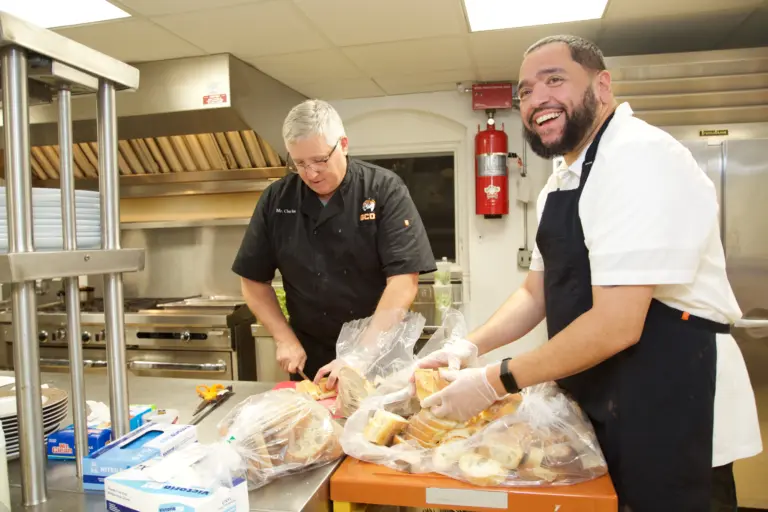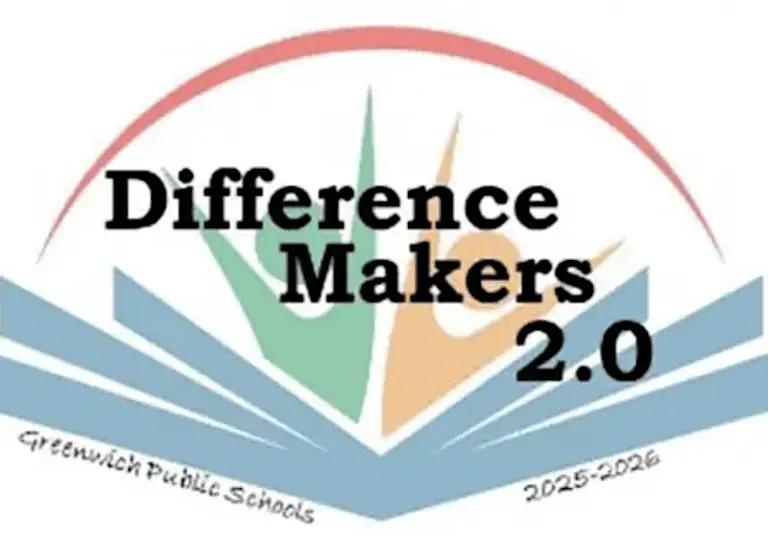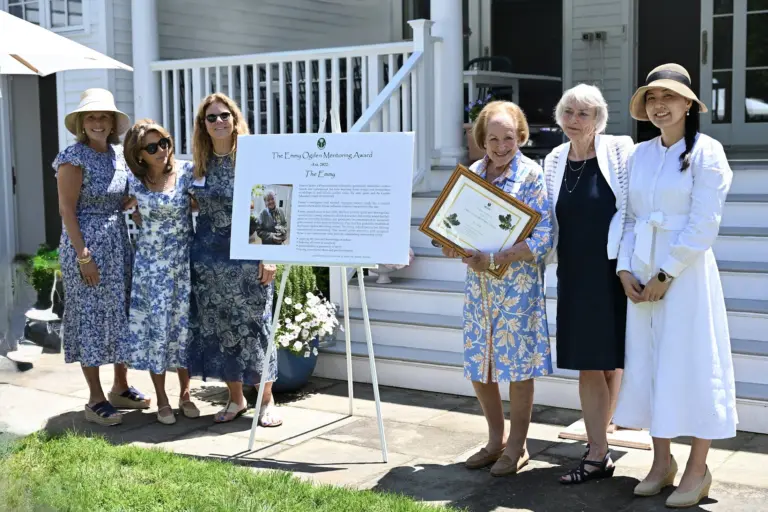
By Julia Chiappetta
Dr. Allan D Lieberman, F.A.A.E.M, D.A.B.E.M, Director of COEM, cites that his mentor, Dr. Joseph Miller, taught him to ask the question: what disease or disorder does the patient have and when does it happen? This is one of the tools the COEM uses to diagnose and help patients overcome and understand what is happening in their body and the causes.
I have spent time at COEM located in North Charleston, South Carolina, where I have learned so much about the core of many ailments and have discovered that many are related to food and environmental causes. When you schedule an appointment at COEM, you are required to complete a lengthy evaluation form, in which you essentially tell the story of your life, detailing where you live, what you see, breathe and eat, and answering many questions about your lifestyle, emotional state and your daily life. It is very thought provoking and helpful as an exercise to uncover, the root cause of ailments and disease. The Center is a toxic free zone: no perfumes, no nicotine odors, or anything that might be considered toxic. It is a clean environment, where the air is purified and everything is spotless and cozy.
I recently read COEM’s most recent newsletter, which states: Pollen is Notorious for Causing Musculoskeletal Pain. Wow! As I read their most recent post, I recalled that the pollen seemed so heavy to me this past spring. Driving a convertible, I often found myself wiping down the yellow coating that pollen leaves behind. My main complaint beside red eyes, was feeling a bit achy, even though I was engaging in my typical fitness routine with vigor and my intake of food rich in nutrients and anti-inflammatory dense was no different. As I began to look at pollen as a possible precursor to some of my recent body aches, it made sense since, now that that we are in summer, my symptoms have dissipated. Perhaps it was the pollen, and, if so, I share this information for your consideration.
Musculoskeletal Pain is pain that affects our muscles, ligaments, tendons, and bones. Those of us who have it often feel like our entire bodies ache and that we are overworked. Symptoms vary for each person, but most common symptoms are: overall body aches and pain, fatigue and trouble sleeping. If you are feeling or have felt these symptoms. perhaps it might be pollen.
For an understanding of what is in bloom during the seasons, please see below this comprehensive chart from www.COEM.org.
Tree pollen in the Spring
Oak
Pine
Southern Pine
Mesquite
Tree A – This is a mix of antigens containing equal portions of white hickory, black walnut, red/ river birch, hackberry, and American elm.
Tree B – This is a mix of antigens containing equal portions of boxelder, red maple, sweet gum, white ash & Eastern Sycamore.
Pecan
Mt. Cedar
Prive
White Birch
Mulberry
Grass pollen in the Summer
Southern Grass Mix – (S Grass) This is a mix of antigens which consists of Bermuda, Johnson, Kentucky blue, orchard, redtop, sweet vernal, and Timothy grasses.
Tertiary Grass Mix – (T Grass) This is a mix of antigens which consists of equal portions of bahia, meadow fescue, and orchard grass.
Weed pollen in the Fall
Dog fennel
Ragweed
Goldenrod
Marshelder
Weed 7A – This is a mix of antigens combined in this office and consists of equal portions of common sage brush. English plaintain, lamb’s quarter, sheep/ red sorrel, and spiny pigweed.
Secondary Weed – This is a mix of antigens combined in this office which consists of equal portions of yellow dock, Cockleburr, firebush, kochia and Russian thistle
As we enjoy these lazy days of summer, with their display of gorgeous sunsets, I am thankful for the gift of nature, that warms me like an old friend. My hope is that you will find yourself outdoors as much as possible, enjoying sports, walking or boating. The ferries are running to Great Captain’s Island and Island Beach…. what could be better than dining al fresco with a picnic, on what feels like, your own private island?
Summer seems such a happy time, but please don’t forget your neighbors or friends who are lonely, hurting or carrying heavy burdens. We all need love and encouragement! I say, let’s share it as much as possible.
Julia Chiappetta is the author of “Breast Cancer: The Notebook” (Gemini Media, 2006) and is also the owner of Julia Chiappetta Consulting. She lives in Cos Cob. More information and past columns can be found at JuliaChiappetta.com
This information is for educational purposes only and is not a recommendation to forgo anti-hormone therapy. It is not intended to treat, cure, prevent, or diagnose any disease or condition. This post does not represent medical advice nor should it be considered to be medical advice or a replacement for medical advice. I encourage you to discuss this information with your integrative oncologist, naturopathic doctor, or conventional oncologist and make your own decisions. The information provided is from my research and not to be taken as scientific evidence.




